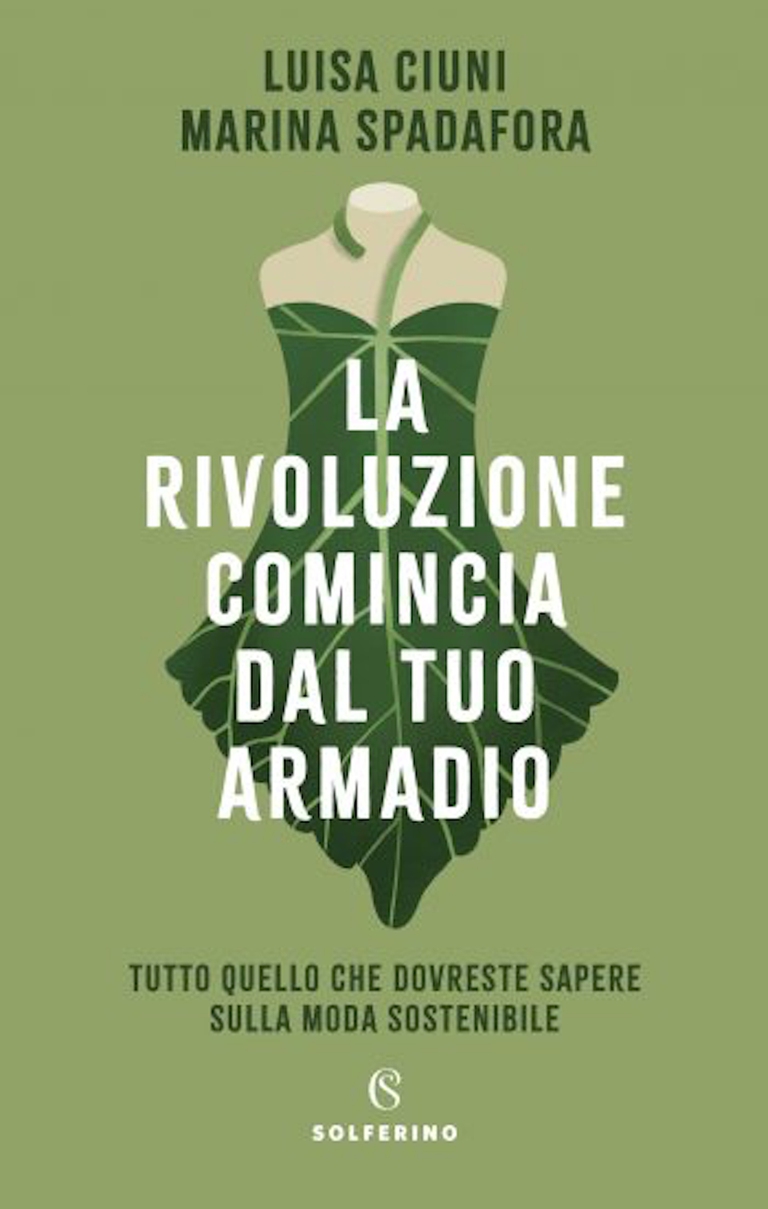- |
- A list of nine books that address the theme of sustainability in fashion:with this term he refers to the most varied topics, but it is necessary to make some distinctions.
- Among the most popular topics is the analysis of the effects that the textile industry has on the environment and the social consequences of a system that does not respect workers' rights.
- Fashion also has a social and communicative role and some authors investigate how to reverse the direction of consumption starting from consumers' purchasing behavior
Fashion industry 2030.Reshaping the future through sustainability and responsible innovation, by Francesca Romana Rinaldi
2030 will be a key year for the world of fashion and the industry will no longer be the same as today:willy-nilly the sector will have to be reorganized from the foundations.Supranational structures, regulations, sector players:the common goal is to reduce carbon emissions by 20 percent by 2050, use 100 percent renewable energy and eliminate the use of single-use plastic for packaging.Will it be enough?Francesca Romana Rinaldi analyzes present and future scenarios in this volume published by Bocconi University Press in 2019.
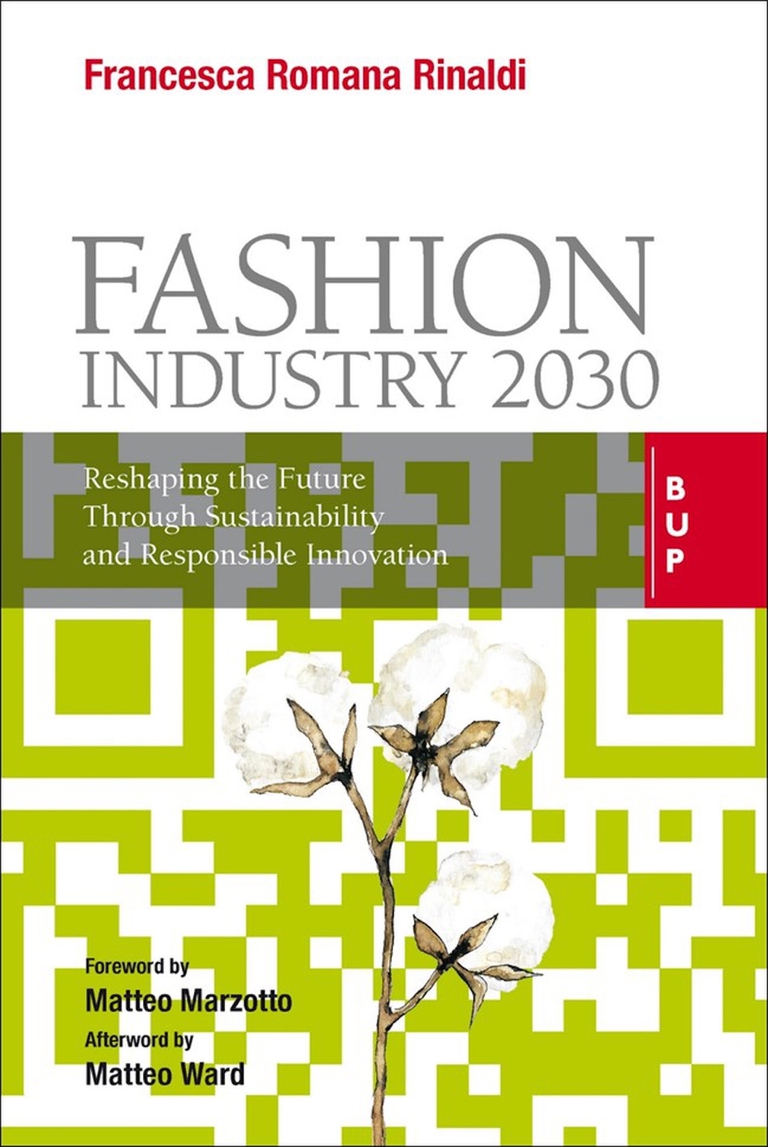
Overdressed:The Shockingly High Cost of Cheap Fashion, by Elizabeth L.Cline
Elizabeth L.Cline, a journalist with a background in the industry, analyzes in this volume published in 2012 by Penguin Portfolio, how the way Americans dress has changed in recent years and the role that fast fashion chains such as Forever 21 have had in this process , H&M and discounters like Target, which have radically changed the approach to consumption of millions of people.A text that analyzes both how much consumerism is costing the environment, but also to society and, ultimately, to ourselves.An intimate aspect of sustainability linked to fashion.
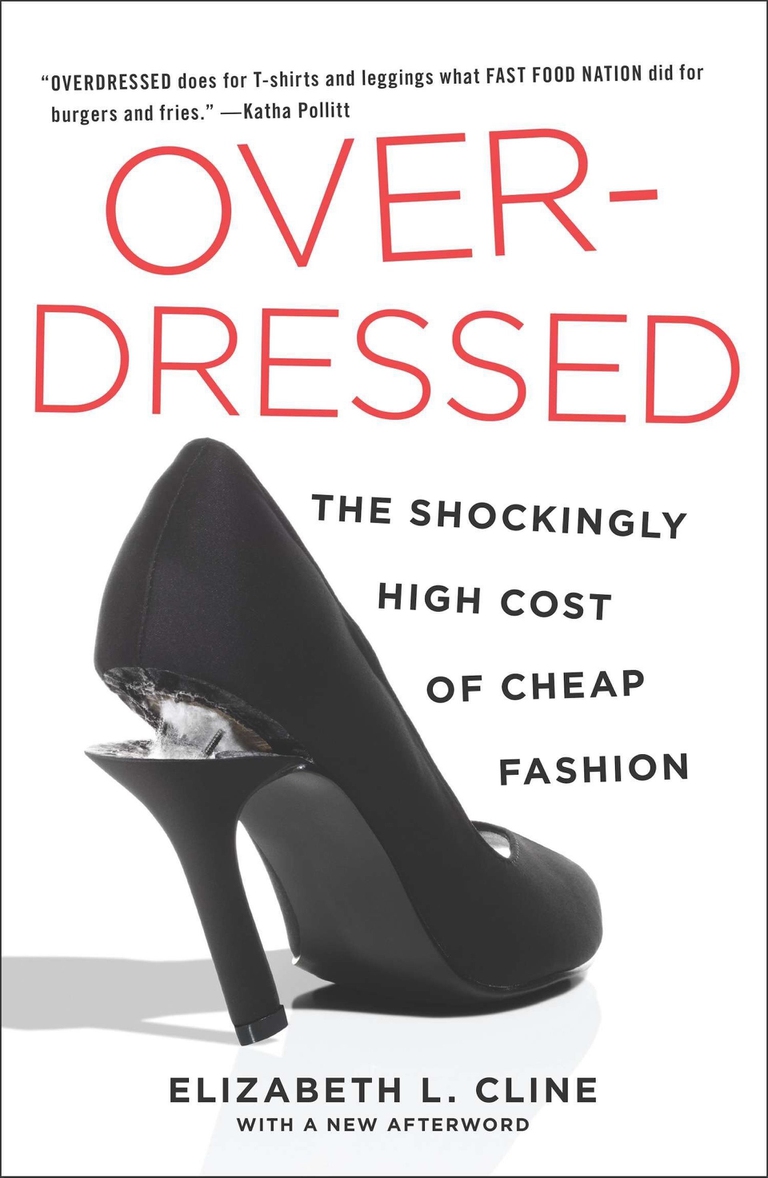
The world is on fire but we're still buying shoes, by Alec Leach
The approach of Alec Leach's editor of Highsnobiety is also evident in this book-manifesto in which the journalist investigates the reasons that push us to buy and that blind us to how much this is damaging our planet.Leach states that fashion is intimately linked to our sense of self:shopping instills a sense of optimism and leads people to think that purchases will solve their problems in a never-ending vicious circle, where consumerism is seen as the answer to everything.The book is also accompanied by infographics, diagrams and quotes.
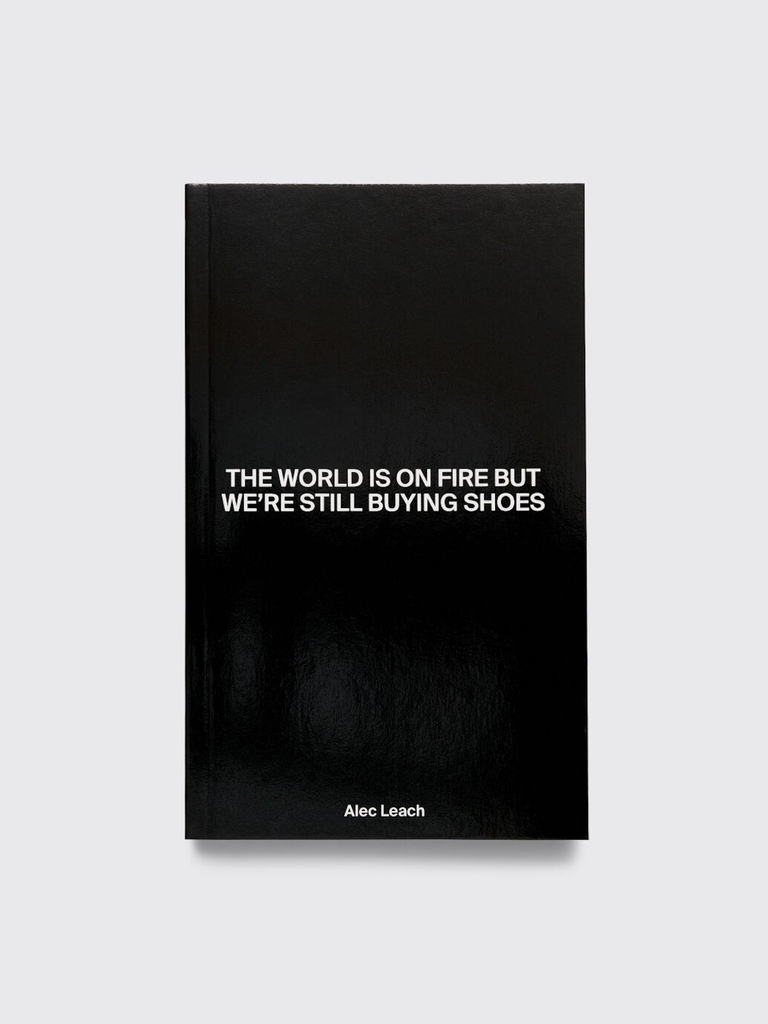
Wardrobe crisis, by Clare Press
Journalist, host and podcaster Clare Press begins her reflection starting from the point of view of those who actually make the clothes we wear, an aspect that is increasingly difficult to be aware of today.Today, production is so fragmented and dislocated that it is very difficult to make ethical choices regarding respect for workers.Clare Press weaves together facts and data:tells of the factories where most of the clothes we wear are produced, but also traces the history of fashion through its protagonists, from Coco Chanel to Christian Dior, mixing historical evidence with pop culture phenomena such as the protagonist of Sex and the city Carrie Bradshaw .
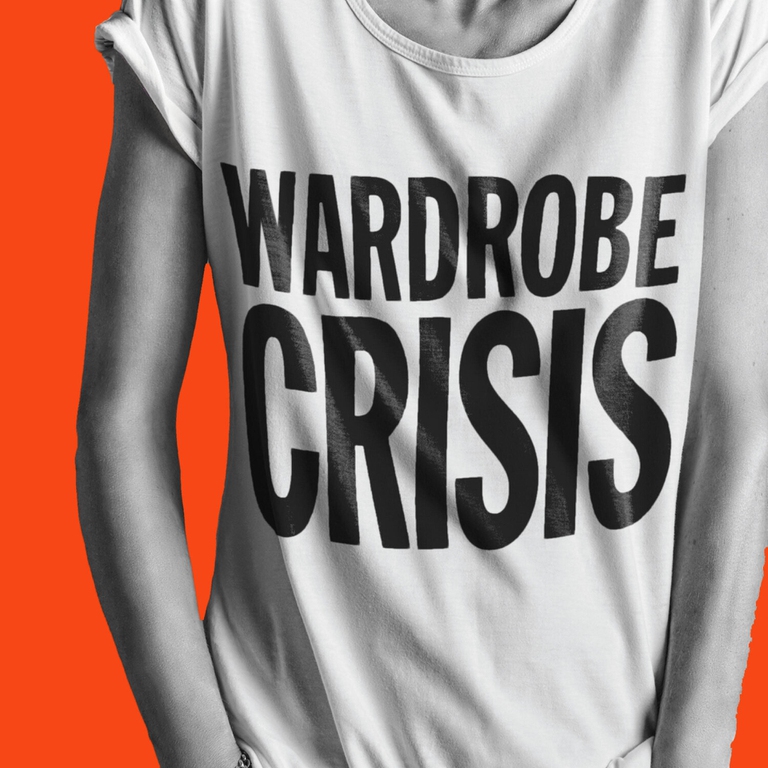
Foot Work, by Tansy E.Hoskins
In this 2022 volume, journalist Tansy E.Hoskins addresses the issue of the human and environmental cost of a specific segment, namely that of shoes and in particular sneakers.According to the data you collected, 24 billion pairs of shoes were produced worldwide in 2018 alone, or 66 million every day for a year.An enormity that weighs both in terms of consumption and waste and, last but not least, has a social cost linked to the exploitation of workers, who must sustain unsustainable production rates.
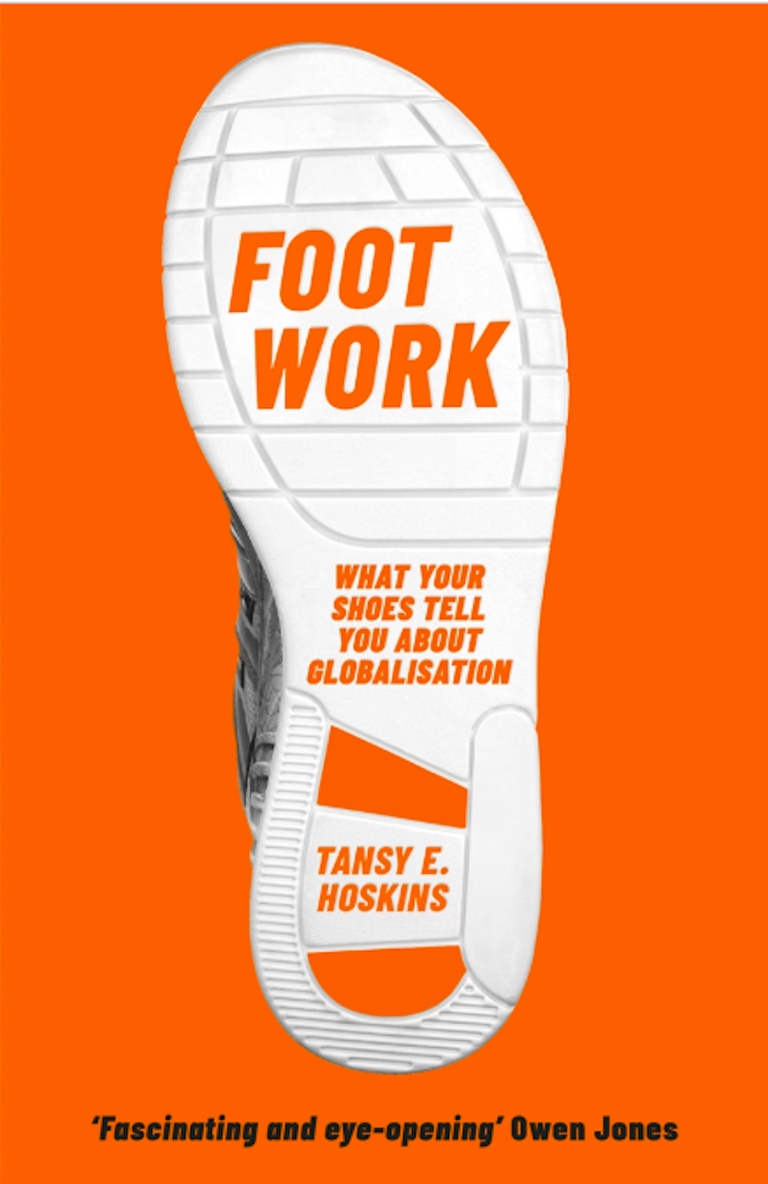
The dark side of fashion.Journey into the environmental (and not only) abuses of fast fashion, by Maxine Bédat
Texas, China, Sri Lanka, Bangladesh and the United States:these are the stages of the pair of jeans protagonist of the book in which the lawyer, entrepreneur and activist Maxine Bédat analyzes the unsustainability of the textile sector by telling the journey of a pair of trousers, from the field where the fibers are grown to the Amazon warehouse from which it will be shipped to the final buyer and finally to a landfill just outside Accra, Ghana.A useful stratagem for analyzing and making the various stages of clothing production and their critical issues easy to visualize.From cotton farmers, whose health is threatened by the precarious balance between productivity and safety, to Chinese factory workers forced to handle chemicals banned in the West to American warehouse workers, forced to work grueling shifts.
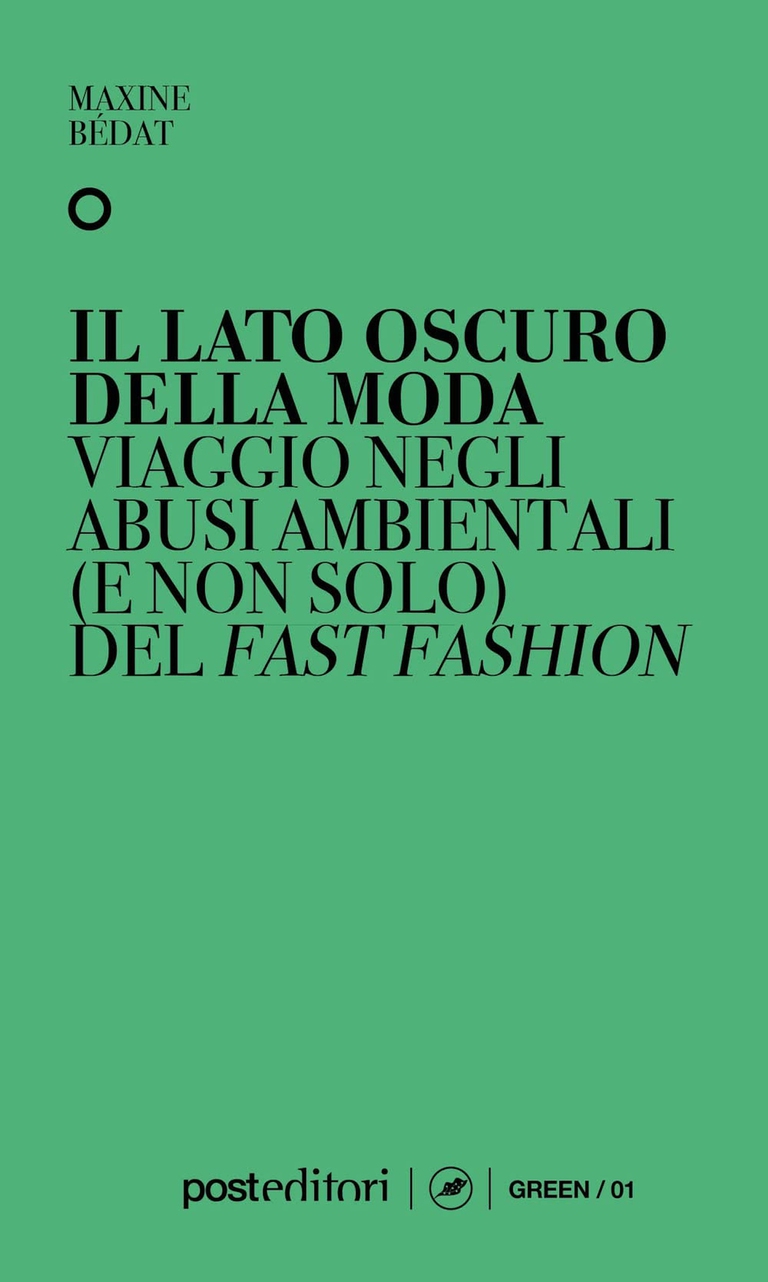
Fashionopolis:The Price of Fast Fashion and the Future of Clothes, by Dana Thomas
The author, journalist and podcaster Dana Thomas starts by analyzing the social and communicative role of fashion to understand how to eradicate the compulsive purchasing mechanisms caused in modern consumers by the advent of fast fashion.There is no shortage of advice for improving your purchasing habits.Parallel to this, Thomas investigates the logic of low-cost clothing production, analyzing in detail practices such as delocalisation.
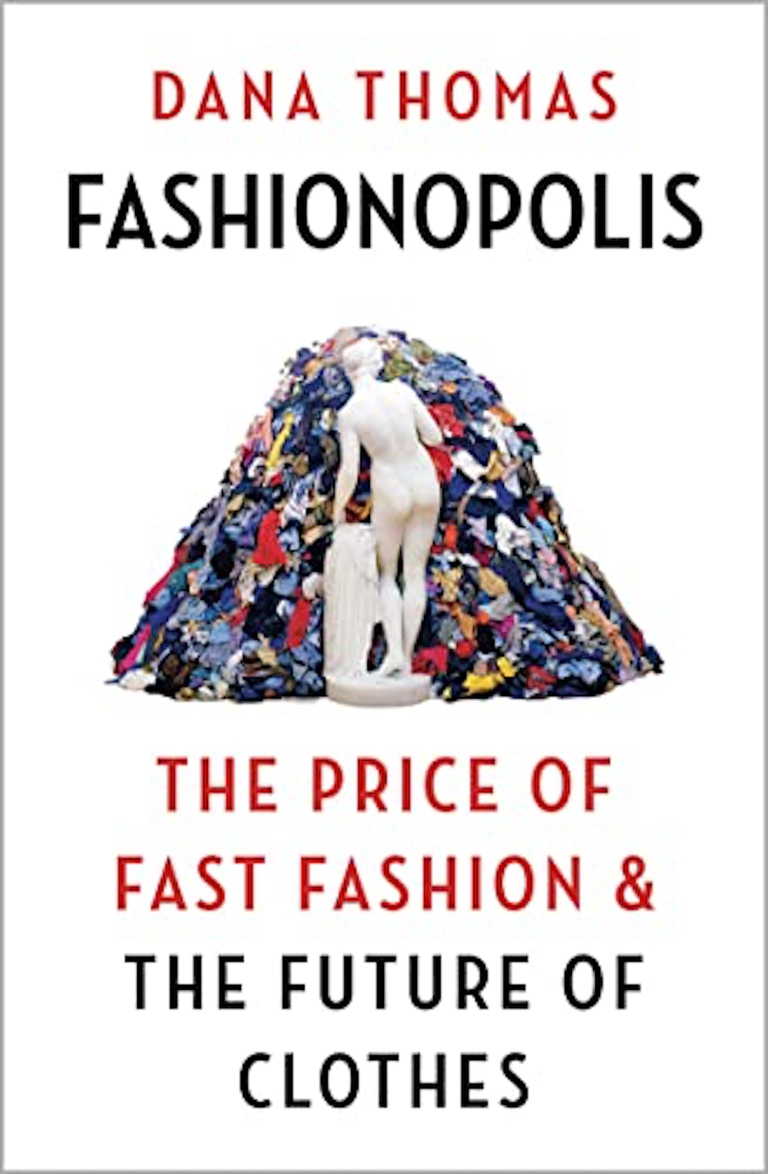
Sustainable Technologies for Fashion and Textiles, by Rajkishore Nayak
Vietnamese academic Rajkishore Nayak reflects on the impact of the textile industry on the natural environment by combining scientific research and reporting on industrial practices.It also analyzes how the ever-increasing pressure of regulations in terms of production is having its effects and outlines a clear picture of both the critical issues and the progress made by the sector.
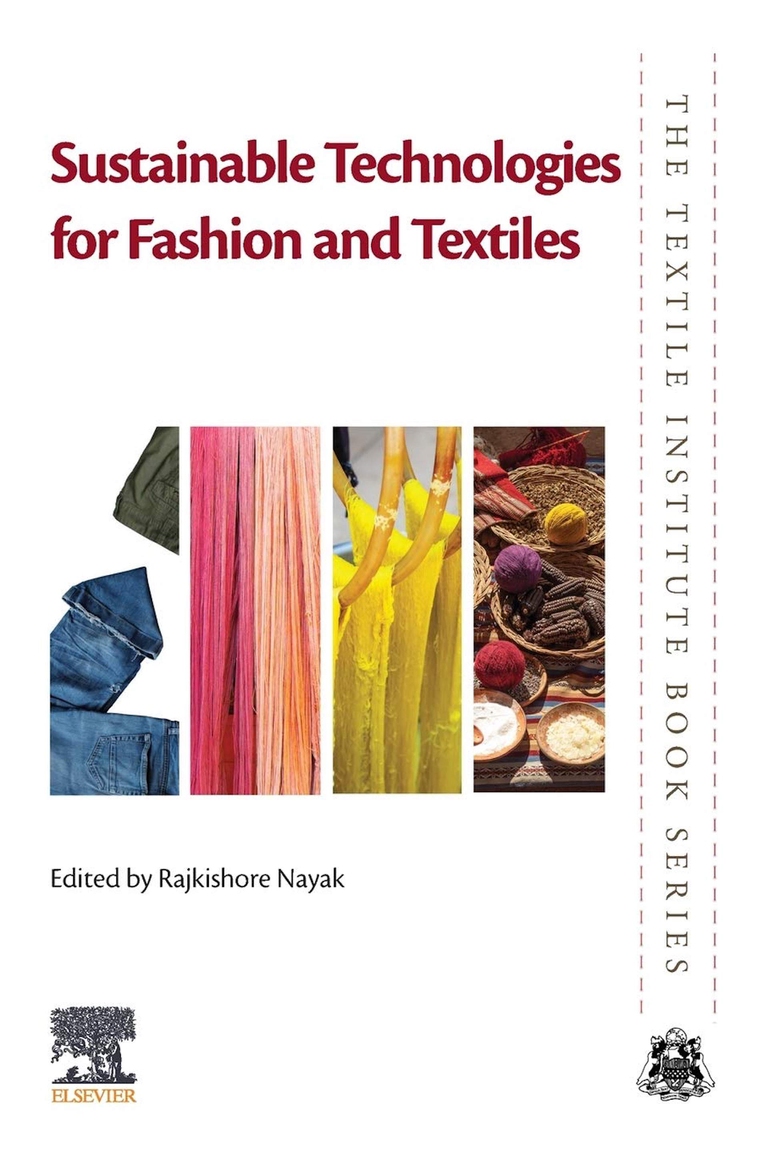
The Revolution Starts with your Closet.Everything you should know about sustainable fashion, by Luisa Ciuni and Marina Spadafora
Even what we choose to wear is a political act, as Luisa Ciuni and Marina Spadafora explain in this 2020 volume published by Solferino.The preference we give to one brand over another and the quantity of things we choose to buy can make a difference.The two authors, journalist and designer, analyze how our habits have changed in terms of clothing, describing the panorama of today's textiles both from the point of view of critical issues and opportunities, given for example by technology and circular fashion, providing the tools basis for being able to discern what is ethical from what is not and thus be able to make informed choices.
